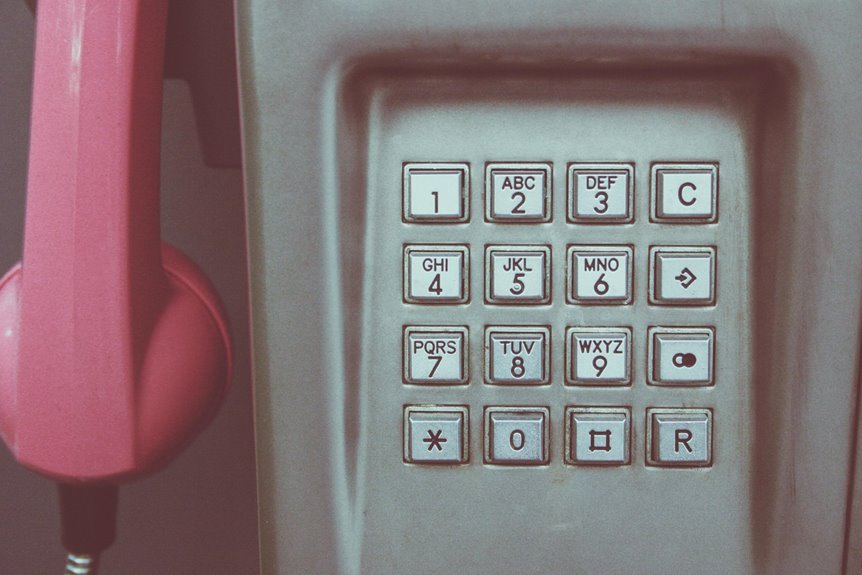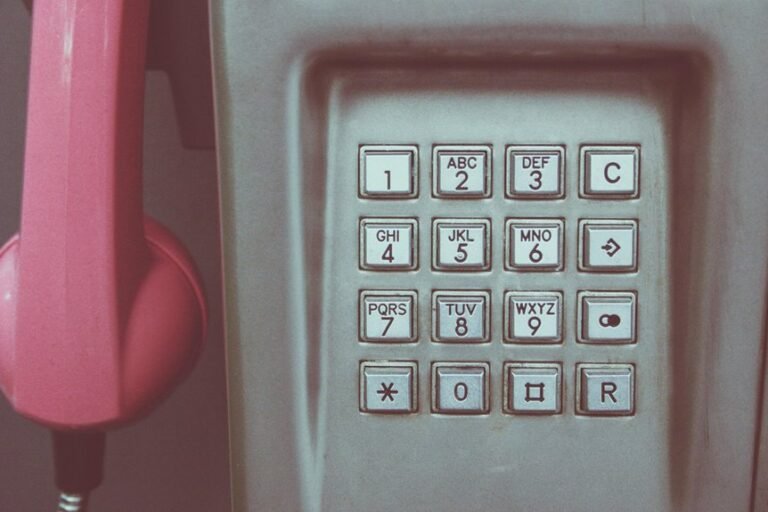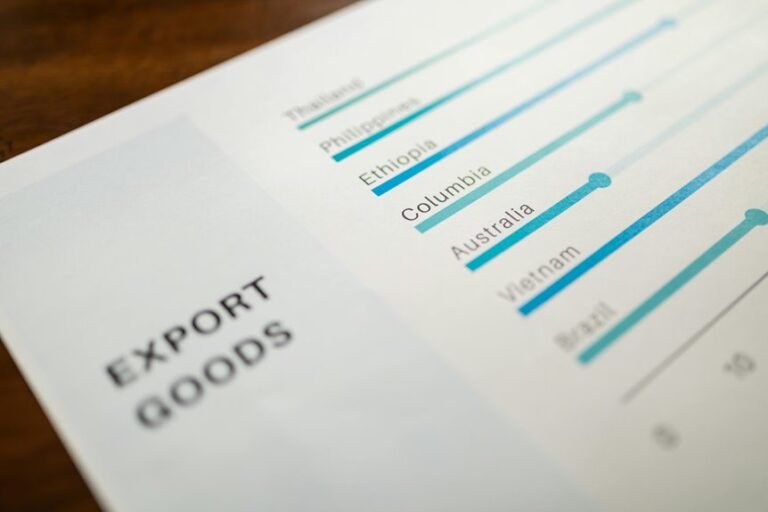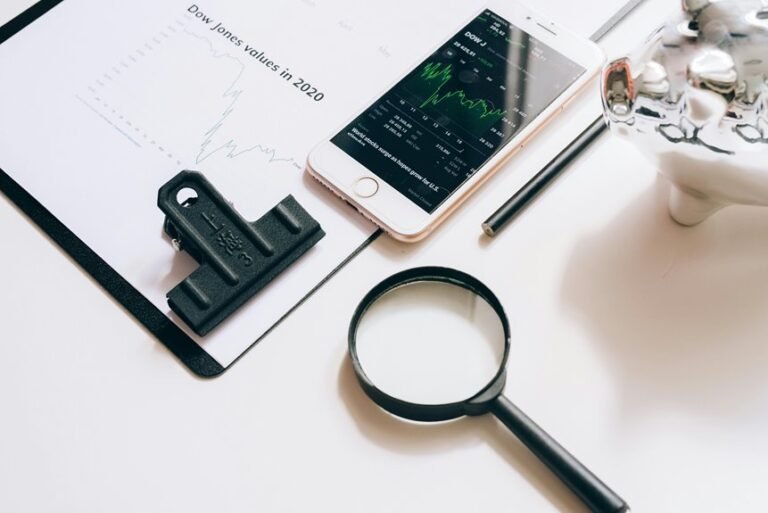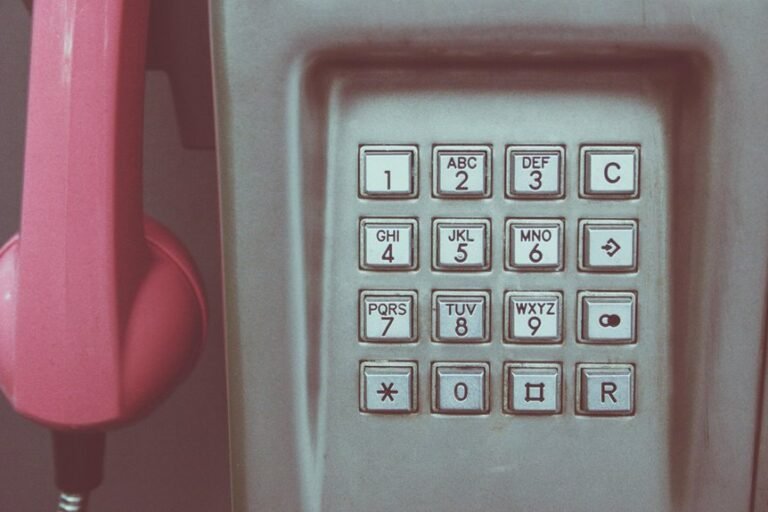Who Called You From 3093267642, 4422280895, 4786331001, 8446850049, 2075696397, 3049746737
Numerous individuals have reported receiving calls from the numbers 3093267642, 4422280895, 4786331001, 8446850049, 2075696397, and 3049746737. These calls often raise concerns about privacy and potential scams. Identifying the callers can reveal patterns that may assist in understanding their motives. However, the challenge remains: how can one effectively discern the legitimacy of these calls? Exploring the nuances of these interactions may provide crucial insights into safeguarding against unwanted communications.
Identifying the Callers: Who’s Behind the Numbers?
How can one effectively determine the identity of callers from unknown numbers?
Employing caller identification techniques is essential. These methods include reverse phone lookups, online databases, and mobile applications that facilitate phone number tracking.
Such tools allow individuals to uncover the origins of calls, fostering a sense of autonomy by empowering them to make informed decisions about their communications and protect their privacy.
Common Patterns of Unwanted Calls
A significant proportion of unwanted calls exhibit common patterns that can aid in their identification. Frequent use of similar area codes, scripted messages, and aggressive sales tactics often signify scam attempts.
Employing effective scam detection methods and utilizing call blocking technologies can significantly reduce exposure to these nuisances. Recognizing these patterns empowers individuals to reclaim their communication freedom from persistent unwanted intrusions.
How to Deal With Unknown Callers
When faced with unknown callers, an individual must consider various strategies to manage these intrusions effectively.
Implementing call screening features can help identify callers before answering. Additionally, one may opt to block unknown numbers to reduce disturbances.
Utilizing these techniques not only enhances privacy but also empowers individuals to maintain control over their communication environment, fostering a sense of freedom from unsolicited interruptions.
Conclusion
In an age where unwanted calls proliferate like weeds in a garden, identifying the callers behind numbers such as 3093267642 and 4422280895 becomes a critical mission for safeguarding personal privacy. With the rise of aggressive sales tactics and scripted messages, employing advanced call screening and blocking technologies is not just advisable—it’s essential for survival in the digital communication jungle. By arming oneself with knowledge and tools, one can transform a chaotic phone experience into a sanctuary of peace and control.
